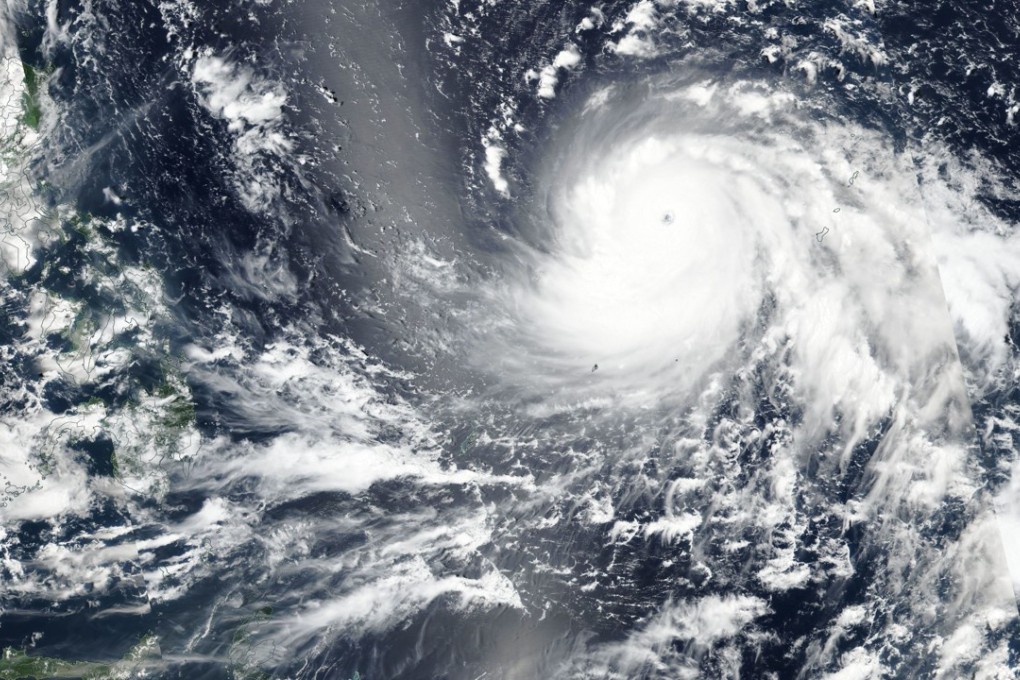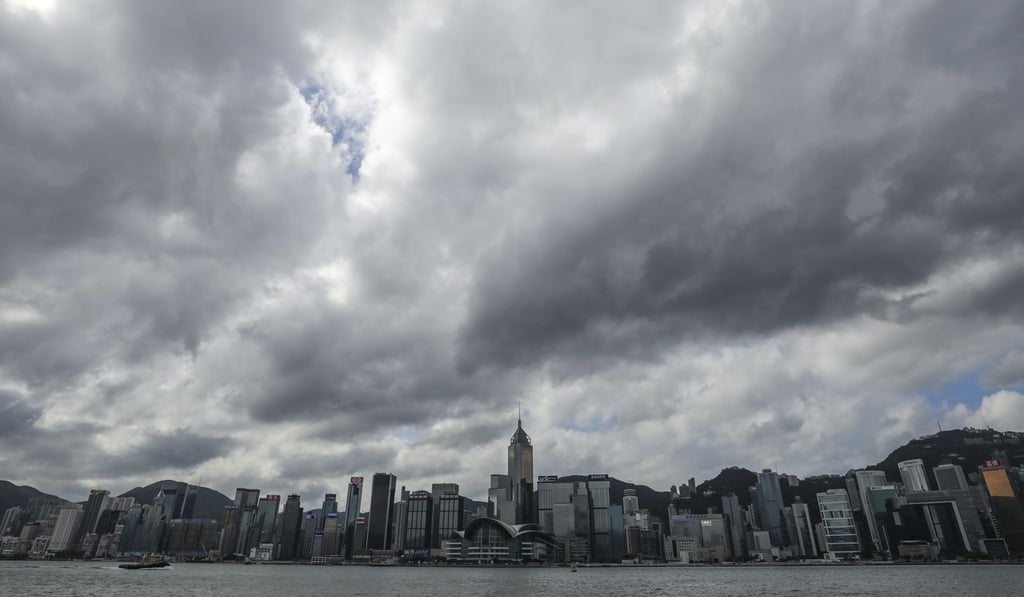Why typhoons are given names, and how pedestrian some of the names Hong Kong supplied are
Tropical cyclones were named for ease of communication, first by storm forecasters for the Atlantic Ocean, who chose Christian saints’ names; Pacific Ocean storms are given native names contributed by 14 countries and regions

Typhoon Kompasu moved on to southern China and Vietnam after buffeting Hong Kong on October 13, injuring 20 people and causing one death. The Hong Kong Observatory lowered the No 8 typhoon signal in late afternoon after more than 23 hours, having raised it for the second time in four days on Tuesday.
The Observatory warned Kompasu could cause more damage than Lionrock, but in the event the rains, while heavy, and the winds, while gusty, caused fewer problems for the city..
Apart from the havoc such storms wreak, the other notable thing about them is the names they are given. Tropical cyclones are named by storm warning centres to make forecasters’ communications with the general public as easy as possible to understand.

It is less confusing to say “Cyclone Peter” than to remember the storm’s number or its longitude and latitude. It is also easier to use names when you have more than one storm to track.